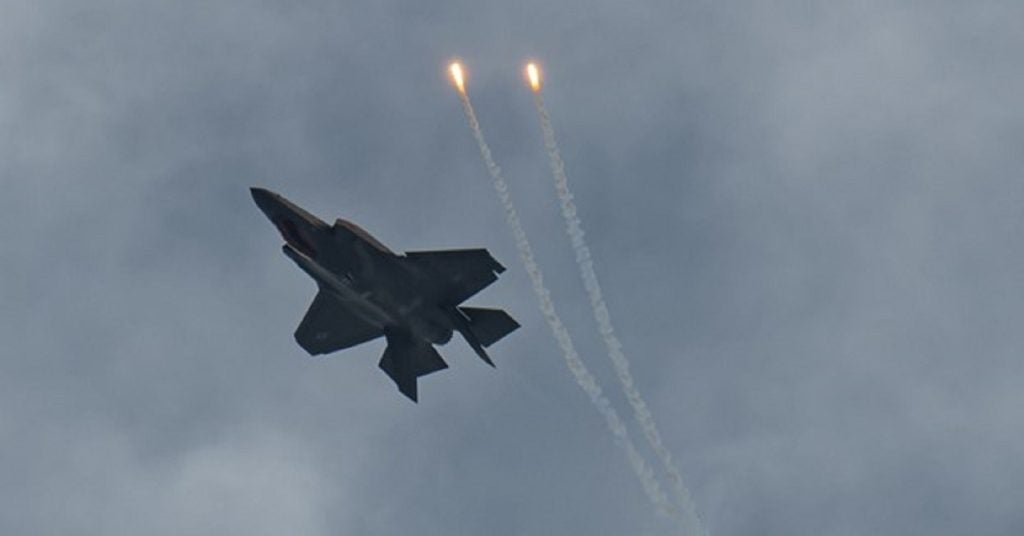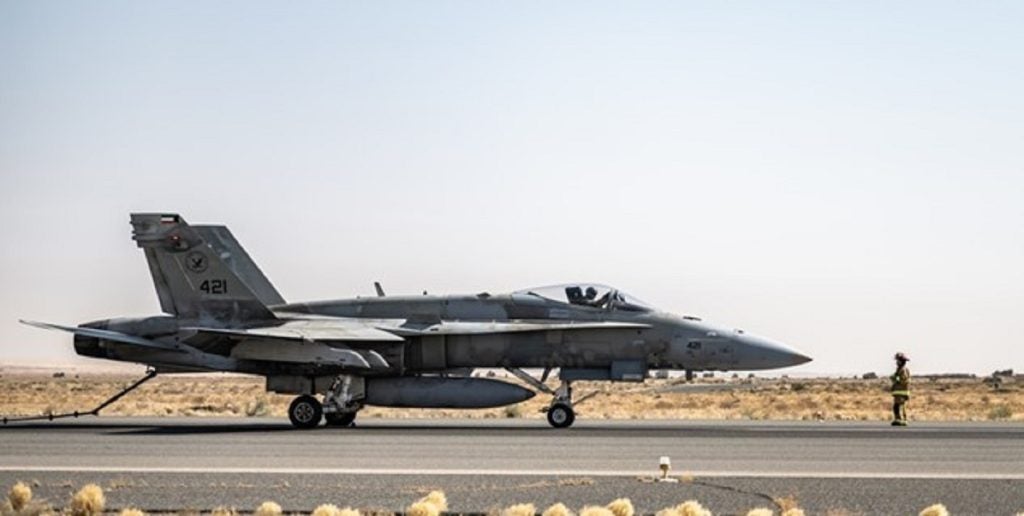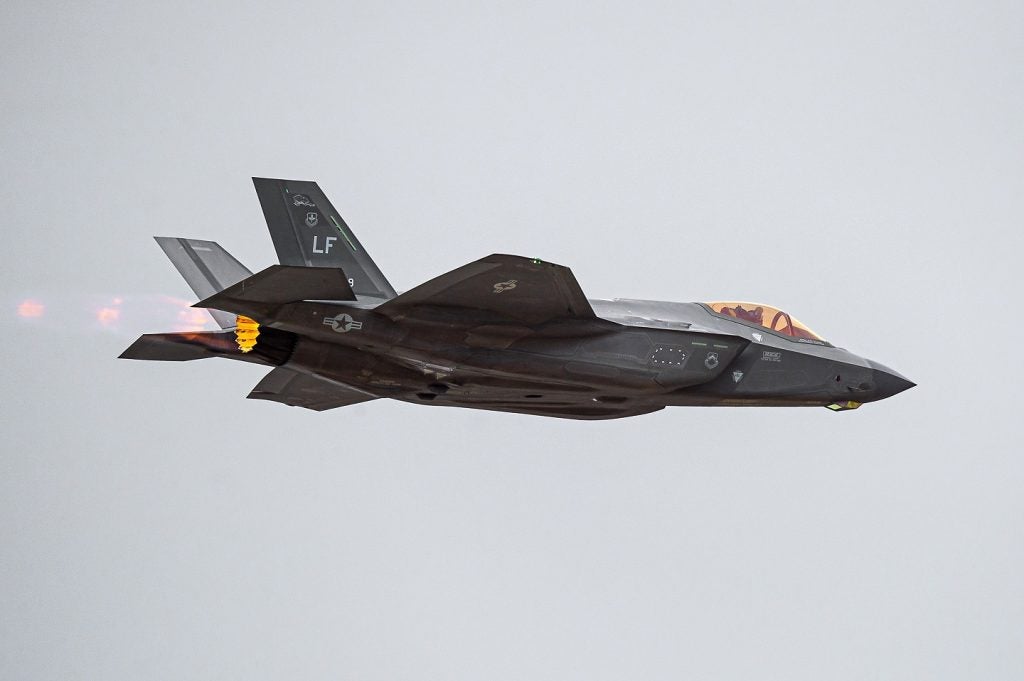The US Department of Defense (DoD) has awarded a $31m contract modification to Chemring Australia, a global supplier of aerial countermeasures, on 30 January 2024 to support various F-35 Joint Strike Fighter nations with 19,570 MJU-68/B flare infrared (IR) decoys.
US Navy F-35s will benefit from 12,918 flares; 1,152 for the US Air Force; 1,176 for Italy; 1,152 for Belgium; 868 for the UK; 816 for Japan; 720 for Germany; 672 for Denmark; and 96 for Poland.
Work will be performed in San Diego, California (38%); Lara, Victoria Australia (32%); Toone, Tennessee (27%); Salem, New Hampshire (2%); and Hopkinton, Massachusetts (1%). The DoD anticipates the work to be completed in February 2025.
Foreign Military Sales funds will collectively contirbute $8.7m while the US Government pays for the remaining amount.
According to the Chemring Group, its flares use a special material that reacts with oxygen to rapidly oxidise and generate an IR signature to protect against advanced air-to-air and surface-to-air IR weapon systems.
The product contains does not contain pyrotechnics, and it uses BBU-35/B or M796 impulse cartridge to expel material from decoy casing.
Current issues with the F-35 Joint Strike Fighter programme
The F-35 Lightning II joint strike fighter is a stealthy, supersonic multi-role fighter developed by Lockheed Martin for the US Air Force, Navy and Marine Corps and programme partners from Nato and US allies.
The US Government plans to acquire 2,470 F-35s to replace several other aircraft used by the Air Force, Navy and Marine Corps. As of December 2023, the programme has delivered 900 aircraft to the armed forces and foreign military sales customers.
It is often stated that the F-35 is the most stealthy platform available today, the Joint Strike Fighter programme define stealth as the “ability to evade detection by radar, IR sensors or emission interception.”
The US Government Accountability Office (GAO) published two reports detailing problems with the DoD’s management of the modernisation of the aircraft.
In the past year, the DoD awarded various contracts across the F-35 supply chain to produce more spares and components due to the Government’s lack of oversight of the development process. In some cases the department has even asked companies to completely redesign aspects of their components to function in the fighter.












